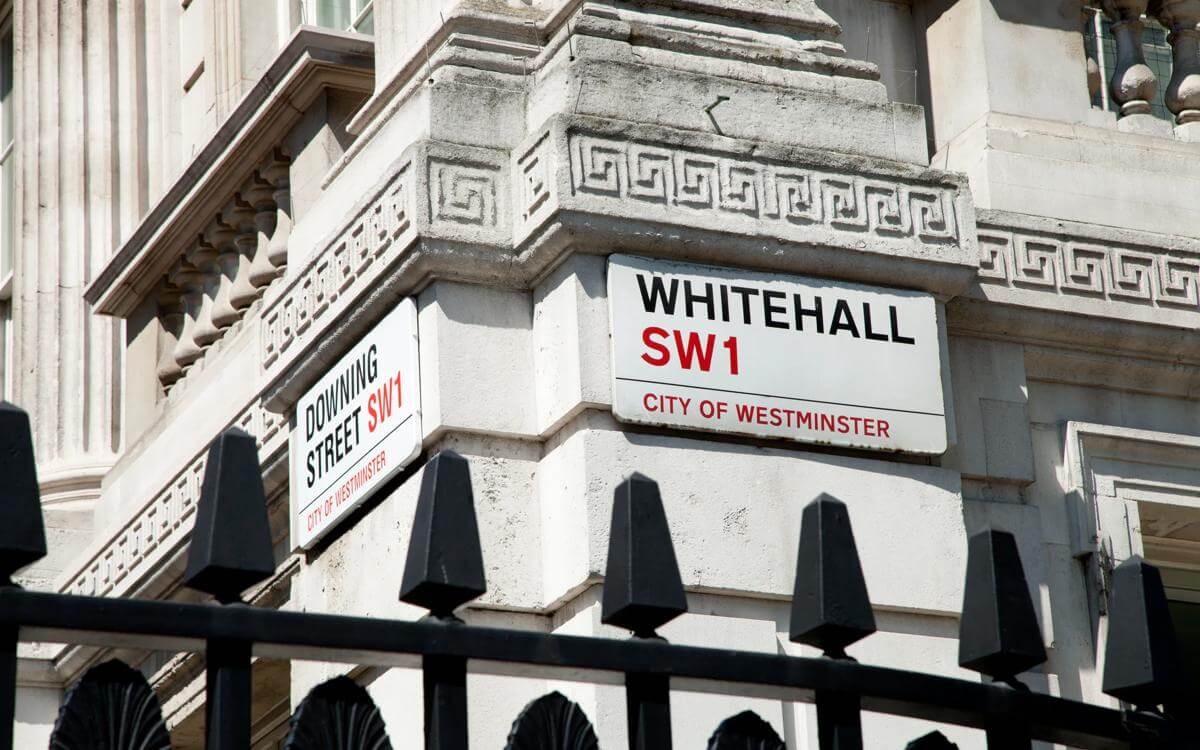Nearly three years after leaving the European Union, the United Kingdom now has its own subsidy control regime to replace the EU state aid regime. On 4 January 2023 the substantive provisions of the Subsidy Control Act 2022 (the Act) came into force, replacing the interim regime put in place through the UK-EU Trade and Cooperation Agreement (TCA) which operated from 1 January 2021 to 4 January 2023.
While the Act broadly follows the core themes of the interim subsidy regime introduced under the TCA, it provides significantly more detail on identifying and addressing subsidies and how to manage subsidy schemes. In certain respects, it goes beyond the EU’s requirements as set out in the TCA, catching a wider range of subsidies than the EU is interested in. This is a crucial difference between the Act and the interim regime under the TCA. Although the rules use similar terminology (for example, subsidies rather than state aid), the changes introduced on 4 January are significant.
So, what does this mean in the context of public sector regeneration projects? As with state aid, subsidies can arise in respect of several aspects of regeneration projects so we have highlighted some key considerations below:
- Land transactions, funding arrangements and joint ventures all have the potential to give rise to subsidies where the public sector is involved
- Direct development by the state can give rise to subsidies to public authorities
- The high value of many regeneration projects can result in subsidies which need referral to the Competition and Markets Authority before they are granted
- Subsidies for relocation of activities from one area of the UK to another are heavily restricted and in most cases, prohibited.
Land transactions, funding arrangements and joint ventures
Any land transaction which is for less than market value has the potential to give rise to a subsidy. Where land is transferred as part of joint venture arrangements, ascertaining whether market value is being granted can be difficult to determine; particularly where consideration for the land is deferred or held in a joint vehicle.
Funding through grants, debt or equity can trigger subsidies and all are common in regeneration projects, whether as part of a commercial joint venture or simply to encourage development in a public authority’s area. Funding provided on arm’s length terms (such as loans on market terms and at market interest rates) would not usually give rise to a subsidy, but grants or ‘soft’ loans certainly can and this is often the case when public authorities are supporting a wholly owned or joint venture development vehicle or seeking to address a developer’s viability gap (for example by funding remediation or site access costs). Similarly, providing guarantees without charging a market premium can also give rise to a subsidy and this is often the case when public authorities support a wholly owned, or joint venture entity’s borrowing.
Public/private joint ventures should be considered carefully as determining whether public sector contributions trigger subsidies can be complex. Often the ‘Commercial Market Operator’ provisions in the Act will apply to mean the public contribution is not a subsidy, but the interplay between land and funding contributions, third party grants from other public bodies, deferred repayment and profit share mechanisms and any guarantees need careful consideration.
Direct development by the state
One area of potential uncertainty under the Act is direct development by the state. Public bodies engaged in activities which are ‘intrinsically linked’ or ‘core’ to their public powers will not be undertaking economic activities and so would not be an enterprise. However, in this area, the wording in the statutory guidance for the Act does not quite reflect the wording in the Act, so care should be taken when investigating this approach. If a public body is undertaking direct development as an enterprise then it can be in receipt of a subsidy from another public body which would be caught by the Act. It is well-established that public bodies can be enterprises for some activities and not for others so this needs careful consideration. It should be easier to satisfy the subsidy principles when providing funding to a public body but this exercise would still need to be undertaken.
Referral to the Competition and Markets Authority
Referral to the Competition and Markets Authority (CMA) is another new feature of the Act. This requires ‘subsidies or schemes of particular interest’ (SSOPIs) (primarily subsidies which exceed £10m or, in sensitive sectors, £5m), to be referred to the CMA before they are granted. There are also rules on cumulating subsidies granted in respect of the same project.
There is a formal process for referral which must be followed. After initial discussions, the CMA has 30 working days from the date it accepts the referral to set out its findings. Although these findings are non-binding, they will be published so public authorities would need to think very carefully before proceeding with a subsidy that the CMA has raised concerns about. Once the findings are published, the subsidy cannot be granted until a five working day cooling off period has expired.
The value of many regeneration projects means it will be common for these thresholds to be exceeded, whether through funding arrangements or land transfers, so all parties involved should consider the subsidy position at an early stage and allow time for the CMA referral process.
Referring authorities need to set out why they consider the relevant subsidy to be compliant, so at the point of referral the subsidy approach and contractual arrangements should all be settled. Essentially this adds at least two months to the timetable for finalising the terms of projects involving large subsidies.
Subsidies for relocation of activities
The Government is keen to avoid subsidies being used to relocate economic activity rather than to encourage growth. Subject to certain exceptions, subsidies that stipulate the recipient must relocate from one area of the UK to another are prohibited. Although clearly not a feature of all regeneration projects, it is common for public authorities to offer incentives to businesses to invest in their areas. Where this is a relocation rather than simply an expansion this can give rise to issues under the Act.
Conclusion
The application of public resources to any project can give rise to subsidies, but the size and complexity of regeneration projects provide particularly fertile ground. This is often due to the high value of land, funding or guarantees, and complexity around joint ventures where consideration is deferred as part of a profit or income share mechanism. Similarly, some development projects in the UK are not viable without state support so public authorities will look to plug a viability gap by contributing grant or debt funding or by assisting with guarantees. The size of subsidies in regeneration projects also makes it more likely that they will be subject to the CMA referral process which significantly extends the timescale for completion of project documents.
Contact

Alex Kynoch
Partner
alex.kynoch@brownejacobson.com
+44 (0)115 976 6511









































